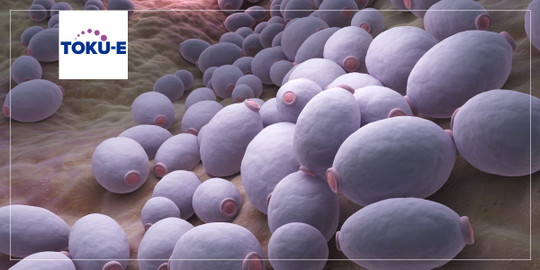Fungal infections are on the rise, and they have the potential to have an impact similar in scale to COVID-19 due to mounting antimicrobial resistance mechanisms.
A new antifungal was discovered with the power to extract sterols from fungal cells, according to new research published in Nature. Researchers at University of Illinois and collaborators at University of Wisconsin-Madison used molecular imaging called solid-state nuclear magnetic resonance (NMR) to understand a derivative Amphotericin B (AmB) called AM-2-19 at the atomic level. It is able to kill fungi without harming kidney cells.
Researchers dove into the binding interactions in detail. They used a building-block approach and discovered that AmB acts like a sponge and actually sucks up ergosterol from fungal cells and found this mechanism of action also extracts cholesterol from human kidney cells the same way resulting in toxicity. By modifying AmB and its binding properties, they could reduce its interaction with cholesterol and its toxicity to kidney cells. They tested derivatives with slight modifications to the region with the desire to boost the kinetics of the process that removes ergosterol only.
This new molecule (AM-2-19) named after Arun Maji, was used to test the most promising derivatives, starting with in vitro assays then moving to cell cultures, and then onto toxicity testing in mice models of three common fungal infections. They found it has broad-spectrum activity, can dodge resistance, and is non-toxic to the kidney cells. It was tested against over 500 clinical pathogens in four different sites. Next up for this antifungal molecule is Phase 1 clinical trials, and since this technology has proven to be so powerful, it can be used to find potentially other resistance-evasive antimicrobials in the natural world including those that operate via supramolecular structures that target lipids.
image: Candida albicans, one of the targets of Amphotericin B.
Reference
Maji A, Soutar CP, and Zhang J et al (2023) Tuning sterol extraction kinetics yields a renal-sparing polyene antifungal. Nature (2023). https://doi.org/10.1038/s41586-023-06710-4

